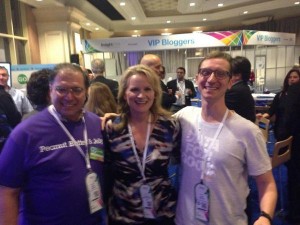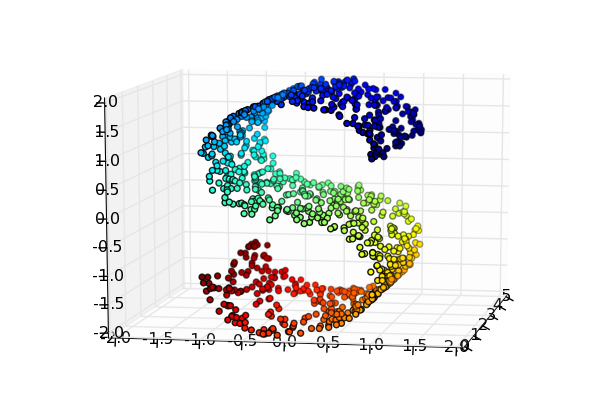Deriving business value from, leveraging, protecting, and promoting an organization’s rapidly growing data assets are now coming under the corporate executive sponsorship of a new member of the executive suite – the CDO (Chief Data Officer). This role should be considered as distinctly different from other similarly defined roles: (a) the CIO, whose responsibilities now revolve primarily around information technologies and information security; (b) the CDS (Chief Data Scientist), whose role is evolving, but should be primarily that of Chief Scientist, specifically related to Data Science, exploring new business models and discoverying insights from the data resources; and (c) the CAO (Chief Analytics Officer), whose role is also evolving and who may be roughly equivalent to the CDS, though the CAO’s focus should be more on mapping the data science capabilities (championed by the CDS) and the data assets (sponsored by the CDO) onto the data-to-decisions, data-to-discovery, and data-to-insights goals of the line of business.
We also see a lot of overlap in this set of roles with those of the CMO (Chief Marketing Officer) and the Chief Innovation Strategy Officer. We are not suggesting that each and every business will need all of these, but the organization should identify what their corporate strategy and business goals require, and then create the roles that will drive change in those directions.
In this evolving leadership landscape within the growing Big Data era, the CDO is definitely creating a lot of buzz. Since Big Data and Analytics are now listed as the top drivers of innovation, revenue, and change within organizations, then the CDO should be there to drive that change. Here are two sources of case studies and information regarding the CDO:
(1) See the new IBM Chief Data Officer website at http://ibm.com/services/c-suite/cdo. Related to this effort, see also the Institute for Business Value within IBM’s Center for Applied Insights. For further insights, listen to Cortnie Abercrombie of IBM as she provides further insights and recommendations for the CDO role in her online interviews: here and here!
(2) Download the Innovation Enterprise’s white paper “Rise of the Chief Data Officer – An Executive Whose Time Has Come“, by George Hill and Chris Towers. I was fortunate to write the Foreward for this booklet. Here is an excerpt from my Foreward:
Many now believe that Big Data has matured, moving beyond the peak of its initial hype and is moving ahead into its promised plateau of productivity. Data has come of age in the corporate boardroom as well. The enormous potential for new wealth, new products, new customers, new insights, and new entrepreneurial business lines has caused a cataclysmic shift in the power of “information” in the corporate executive suite. The existing CIO’s role seems to have solidified in the past decade to that of “Chief Information Technology Officer,” with an emphasis primarily on technology and infrastructure. The new CxO in the boardroom is the data person (the “data lover”). This may be the Chief Data Scientist (focused on the analytics objectives, opportunities, and obsessions that arise in this era of Big Data). But, we also see the CDO (Chief Data Officer) coming into the inner circle of executive power.
The CDO is focused on the data – acquisition, governance, quality, management, integration, policies (including privacy, preservation, deduplication, curation), value creation, recruiting skilled data professionals, establishing a data-driven corporate culture, team-building around data-centric business objectives, and acquisition and oversight of corporate data technologies (not I.T. in the historical sense). The responsibilities are enormous, the requisite skills are CxO-worthy, the challenges are many, and the opportunities to create and define the role are very attractive.
(continue reading here … http://ie.theinnovationenterprise.com/event_justify_your_rois/Rise-of-the-Chief-Data-Officer.pdf)
Follow Kirk Borne on Twitter @KirkDBorne




